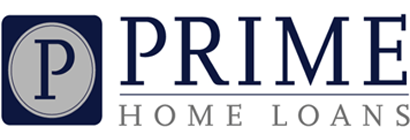Tel: (831) 761-2200
Email: [email protected]
The Home Affordable Refinance Program (HARP) is a federal program of the United States, set up by the Federal Housing Finance Agency in March 2009, to help underwater and near-underwater homeowners refinance their mortgages. Unlike the Home Affordable Modification Program (HAMP), which assists homeowners who are in danger of foreclosure, this program benefits homeowners whose mortgage payments are current, but who cannot refinance due to dropping home prices in the wake of the U.S. housing market correction.
The Home Affordable Refinance Program (HARP) was created by the Federal Housing Finance Agency in March 2009 to allow those with a loan-to-value ratio exceeding 80% to refinance without also paying for mortgage insurance. Originally, only those with an LTV of 105% could qualify. Later that same year, the program was expanded to include those with an LTV up to 125%. This meant that if someone owed $125,000 on a property that is currently worth $100,000, he would still be able to refinance and lock in a lower interest rate.
In December 2011, the rule was changed yet again, creating what is referred to as "HARP 2.0"; there would no longer be any limit on negative equity for mortgages up to 30 years – so even those owing more than 125% of their home value could refinance without PMI. Also, the program was expanded to accept homeowners with PMI on their loan. Finally, any new mortgage lender was guaranteed not to be held responsible for fraud committed on the original loan. This greatly expanded the willingness of lenders to participate in the program.
PRIME HOME LOANS - Where mortgages are only the beginning
Office Location
320 E Lake Ave. | Watsonville, CA 95076
(831) 761-2200
[email protected]MLO License Info
Real Estate Broker | Lic. 01163652
Sergio Angeles | NMLS #245715
Mortgage Loan Originator | NMLS #341672



